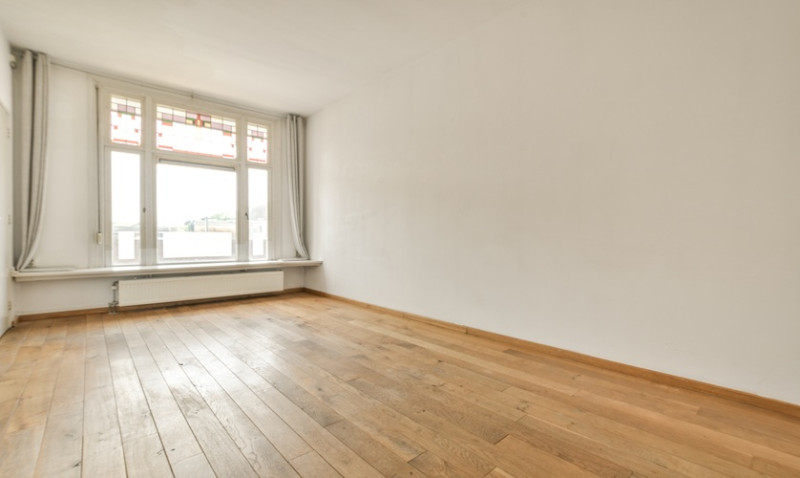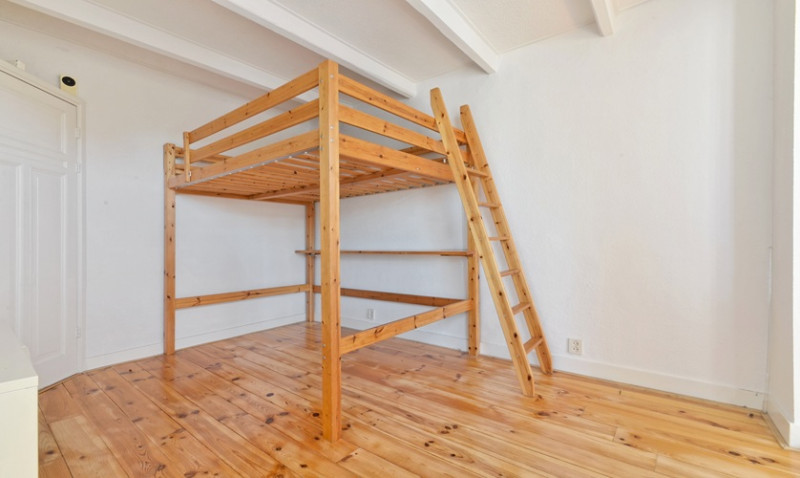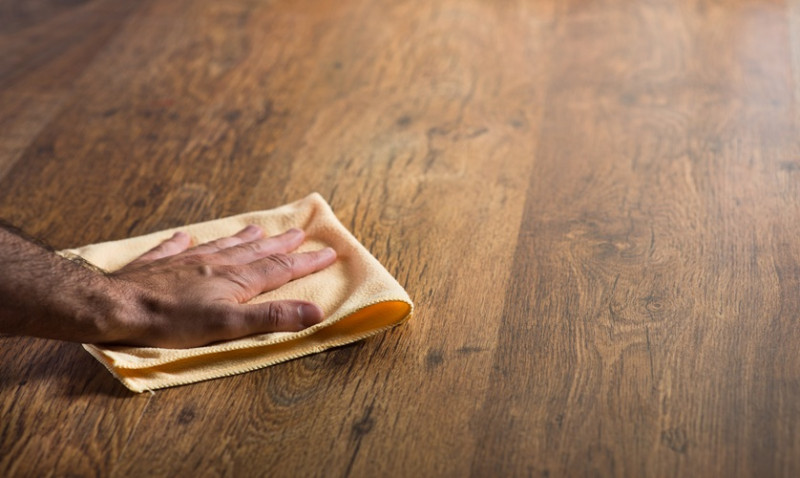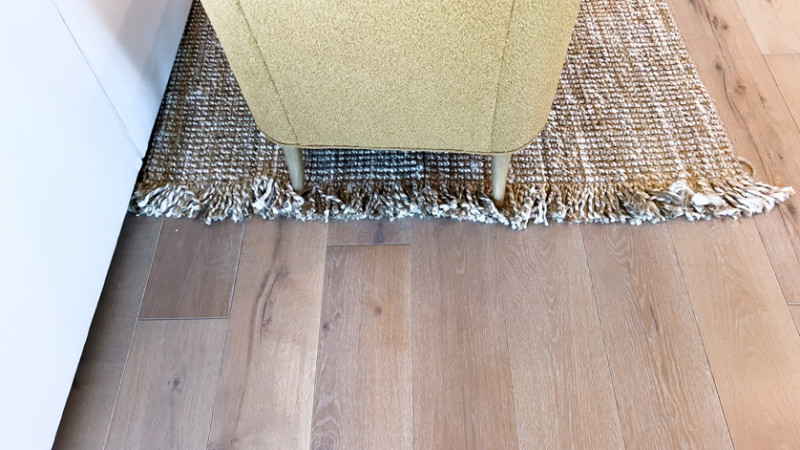
Stained wood flooring can bring warmth, elegance and timeless beauty to your interior – whether you’re a homeowner renovating a period property, a DIY enthusiast transforming a modern flat, or a professional tradesperson maintaining a client’s high-end space. However, as gorgeous as stained wood flooring may be, it also requires the right care to keep it spotless and looking its best.
Removing stains from wood floors may seem daunting at first, but with the right tools, methods and know-how, it can be surprisingly straightforward. Whether you’re dealing with water spots, food spills or pet accidents, this guide will walk you through the proper techniques to restore your wooden floors efficiently and safely.
1. Understand the Type of Stain and Floor Finish
Before jumping into cleaning, it’s essential to identify two things: the type of stain and the type of finish on your wood floor. Wood reacts differently to different types of spills or damage, and the finish determines how easily a stain can be treated.
Common types of stains include water stains, grease or food stains, pet urine, ink, and mould or mildew. Each type may need a specific approach, as their chemical compositions vary significantly.
Equally important is recognising the finish: is your wood floor sealed (with polyurethane or varnish), stained but unsealed, oiled, or waxed? A sealed floor is less porous and easier to clean, while unsealed or oil-finished floors absorb stains more readily, requiring more delicate treatment.
If you're unsure about your floor’s finish, try the water droplet test. Drip a few drops of water onto the surface – if the water balls up, your floor is sealed; if it soaks in, it’s likely unsealed or oily, and will need gentler handling.
2. Gather the Right Tools and Products
Having the right equipment on hand will make stain removal significantly more manageable. While you don’t need specialised gear, using high-quality cleaners and accessories can prevent accidental damage or discolouration.
Here’s a basic kit for cleaning stained wood floors:
- Soft microfiber cloths or white cleaning rags
- pH-neutral wood floor cleaner
- Distilled white vinegar (for sealed floors only)
- Natural bicarbonate of soda (for odour and tougher stains)
- Fine steel wool (Grade 0000) – use with care
- Lemon juice or hydrogen peroxide (spot treatment only)
- Wood polish or wax for refinishing, if required
If a deeper clean is needed, a professional-grade wood floor cleaner can often be hired or bought from flooring specialists throughout the UK, including brands like Bona, Osmo, and Ronseal.
3. Treat Common Wood Floor Stains
Different stains require tailored approaches. Here’s how to tackle each one effectively:
Water Stains
Water stains often appear as white or greyish rings, especially on waxed or oiled floors. These form when moisture gets trapped under the finish but not deeply into the wood.
To remove them, gently rub the area using a soft cloth and a small amount of toothpaste (non-gel) or baking soda mixed with water into a paste. Wipe in the direction of the grain. For older marks, you might gently buff the area with steel wool and reapply wax or oil.
Pet Urine
Pet stains can be especially troublesome due to odour and the ammonia content in urine. Blot immediately with paper towels, then clean with a mix of one cup of vinegar and one litre of warm water if the floor is sealed. For unsealed, avoid liquids – instead sprinkle bicarbonate of soda to draw out the moisture and neutralise the smell. After several hours, vacuum it up.
Food and Grease Stains
These should be wiped up as soon as possible with a damp cloth. If a greasy mark sets in, add a drop of dish soap to warm water and scrub gently with a soft sponge. Rinse with a damp cloth and dry thoroughly.
Ink or Dye Stains
Dab the area with a small amount of isopropyl alcohol using a white cloth, testing first on a hidden spot. Hydrogen peroxide can also lift ink when applied carefully using a cotton bud. Just remember to neutralise with water and dry thoroughly after treatment.
4. Regular Maintenance to Prevent Staining
Preventing stains is much easier than removing them. Regular upkeep not only maintains the finish of your wood floor, but helps you spot issues before they become ingrained problems.
Dry mop or vacuum regularly to remove grit and dirt that scratches finishes. Use doormats and rugs at entrances – particularly important in rainy UK weather – and felt pads under furniture. Clean spills immediately and store floor-friendly wipes or cloths in high-traffic areas like kitchens or hallways.
If your stained wood floor is oiled or waxed, maintain it with regular reapplications as per the manufacturer’s guidance – typically once or twice a year. Using nourishing oils or wood floor refreshers can significantly extend your floor's life and resistance to staining.
5. When to Sand or Refinish
If a stain has penetrated the surface and discoloured the actual wood grain, surface cleaners won’t be enough. At this point, light sanding may be necessary, followed by spot-restaining and sealing.
Use a fine sanding pad or hand sand with 180-220 grit paper, being mindful not to over-sand or create uneven patches. Always reapply the appropriate stain and finish to blend in with the original floor after sanding – especially important for professionals and designers working on preserved or listed properties with unique finishes.
For larger stained areas or if you’re uncertain, it may be worth calling in a professional floor sanding and finishing company. Many UK-based contractors specialise in this service, which can revitalise floors without the need for total replacement.
6. Choosing the Right Products for UK Conditions
Due to varying humidity across the UK – from coastal Scotland to dense urban basements in London – choosing the right finishing products and maintenance materials is critical. Look for British Standard-approved wood cleaners and stains, or EU Ecolabel products that are environmentally friendly, especially if you’re designing a sustainable space.
Here's a comparison of popular UK floor maintenance products:
| Brand | Type | Suitable For | Finish Compatibility |
|---|---|---|---|
| Bona Wood Floor Cleaner | Spray cleaner | DIY and professionals | Sealed polyurethane floors |
| Osmo Wash and Care | Liquid detergent | Oiled wood floors | Oil and wax finishes |
| Ronseal Wood Floor Cleaner | Concentrated solution | Domestic users | All sealed surfaces |
| Fiddes Wood Surface Cleaner | Spray | Architects, restorers | Hard wax oils and oiled floors |
Final Thoughts: Keep Your Wood Floor Looking Timeless
Cleaning a stained wood floor doesn’t have to be overwhelming or risky – with the right approach, you can restore your floors to their original lustre without damaging their surface or character. Consistency is key: regular maintenance, quick reactions to spills, and careful product use all contribute to long-lasting results.
Whether you're a first-time buyer updating your interiors, a DIY-er revamping a village cottage, or a professional preserving a high-spec renovation, your wood floors can thrive for decades with a little mindfulness and elbow grease. Remember: wood is a living material – treat it with respect, and it will reward you with enduring beauty.






